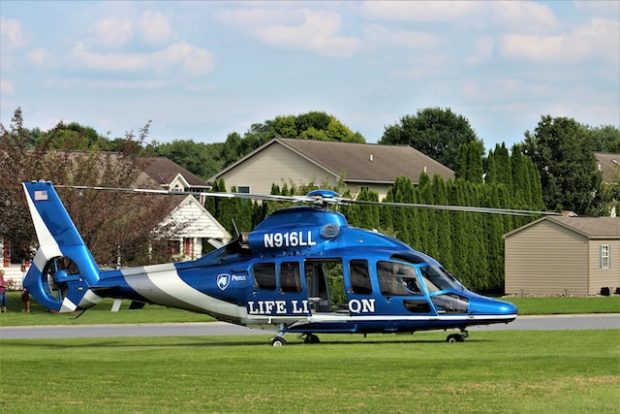Emergencies occur without warning. Fires, accidents, natural disasters, or medical emergencies can strike at any time. These unexpected situations demand immediate and effective responses. In these critical moments, having the right equipment is a lifeline. Rescue equipment, meticulously designed and utilized by skilled first responders, can mean the difference between life and death.
This article takes a comprehensive look at the various types of rescue equipment, emphasizing their crucial role in emergency situations.
Importance of Rescue Equipment
Rescue equipment serves a vital role in ensuring a timely, safe, and effective response to emergencies. The first responders, be they firefighters, police officers, or medical personnel, arrive at the scene equipped with various life-saving tools. These tools assist in navigating through potentially hazardous environments, rescuing people from precarious situations, and providing immediate medical aid. The ultimate goal is to preserve life, relieve suffering, and maintain human dignity.
Personal Protective Equipment (PPE)
Before first responders can save others, they must ensure their own safety. For this reason, they don Personal Protective Equipment (PPE). This equipment varies but generally includes items like helmets, gloves, boots, and body suits to protect them from potential harm.
The modular respirator mask, an often underappreciated piece of PPE, is an essential component for first responders. It is especially crucial in situations involving smoke, dust, harmful gasses, or other airborne particles.
The mask features a unique modular design, allowing for the replacement or upgrade of individual parts. This subtle but important design feature not only enhances the mask’s longevity but also ensures optimal protection in diverse environments.
Rescue Tools for Extrication
When it comes to accident scenarios, victims often find themselves trapped within crumpled vehicles or under heavy debris. In such instances, extrication tools become indispensable. These include hydraulic cutters, spreaders, and rams, collectively known as the “Jaws of Life.” These powerful tools can cut through solid metal and move substantial objects, facilitating the speedy and safe rescue of trapped victims. Their robust design and brute strength make them an essential part of any rescue operation.
Water Rescue Equipment
When emergencies happen near or in bodies of water, a different set of equipment is needed. Life jackets, buoyancy aids, rescue boats, and throw bags are essential. Divers may use underwater communication devices and sonar systems for victim location.
In these scenarios, a modular respirator mask designed for aquatic use ensures the rescuers can breathe safely underwater.
Emergency Medical Equipment
Once victims are extricated, they often require immediate medical attention. Emergency medical equipment comes into play here. This category includes stretchers for patient movement, oxygen masks for respiratory support, defibrillators for cardiac emergencies, and trauma kits for immediate wound care. These tools assist in stabilizing victims at the scene, reducing further harm, and ensuring safe transport to hospitals for continued medical care.
Firefighting Equipment
Fire emergencies necessitate a unique set of equipment. Fire extinguishers and fire hoses are the primary tools for fighting the fire itself. Thermal imaging cameras help firefighters see through dense smoke, identify hotspots, and locate trapped victims.
Firefighters also require breathing apparatuses, such as the modular respirator mask, to safely breathe in smoke-filled environments and protect themselves from inhaling harmful substances.
Search and Rescue (SAR) Equipment
In large-scale disaster scenarios, the main goal is to locate and rescue victims as quickly and safely as possible. Search and Rescue (SAR) teams use a range of equipment to achieve this. Tools like drones provide aerial reconnaissance, searchlights aid in low-light conditions, and rescue dogs leverage their keen sense of smell to locate victims.
Additionally, SAR equipment includes items for rappelling and climbing, which are crucial in challenging terrains or collapsed structures.
Takeaway Points
Emergencies demand a swift, effective response. The right rescue equipment empowers first responders to handle these challenging situations. From personal protection with modular respirator masks to victim extrication, medical care, firefighting, and search operations, each tool has a unique, life-saving role. Understanding these tools aids in appreciating the complex, crucial work of our emergency responders. It also highlights the importance of continued innovation in rescue equipment technology. Our lives, after all, could depend on it.
Read More:
Emergency plumbing services: what to do when disaster strikes


